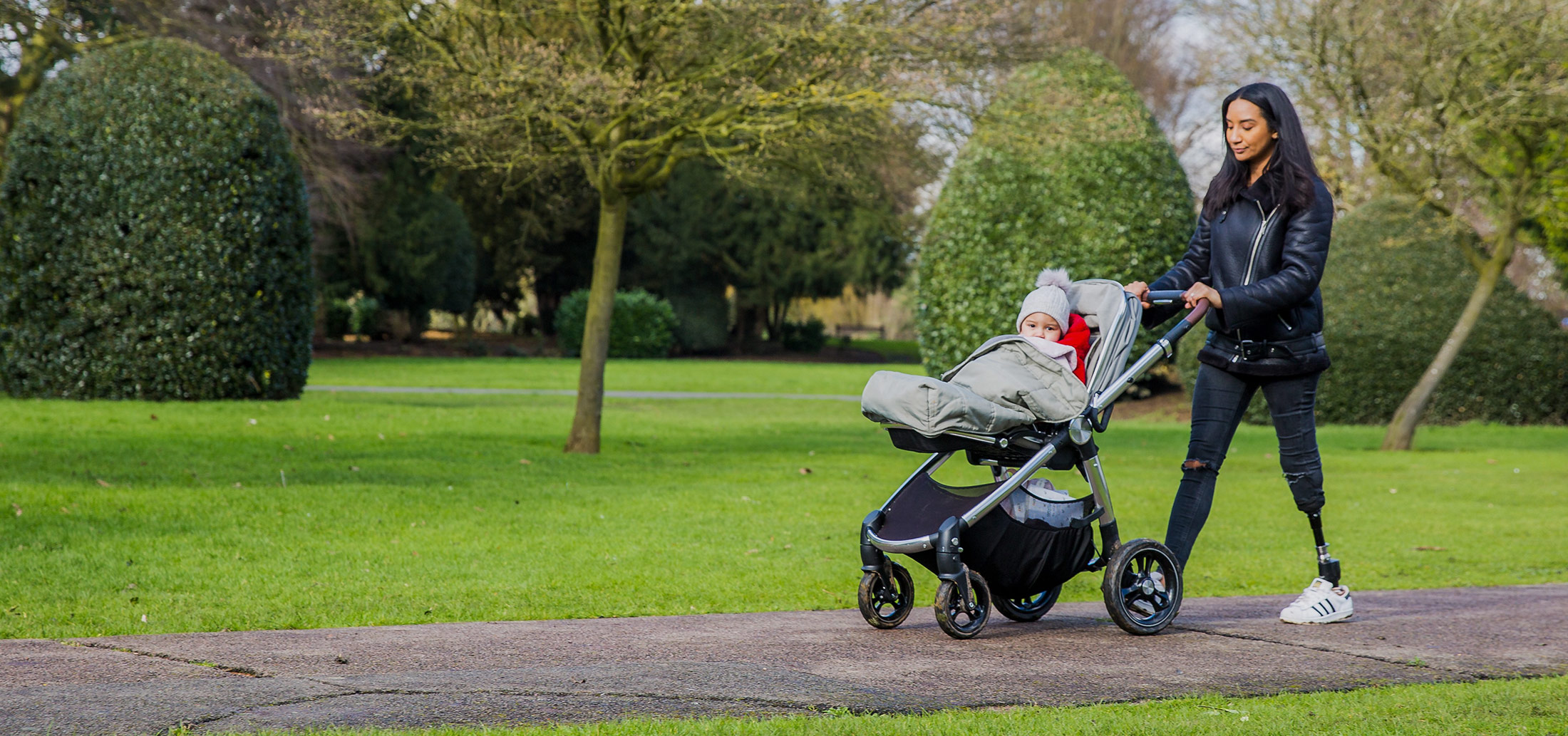 Prosthetic management for all osseointegration amputees
Prosthetic management for all osseointegration amputees
Trusted, dedicated and experienced prosthetists Australia wide.
Osseointegration is an Orthopaedic procedure that has been provided since the mid 1990s. A surgical implant is placed into the bone which provides a direct connection to the prosthetic device for amputees.
The team at oapl have over 35 years’ experience working with osseointegration clients and tailoring specific prosthetic knees, feet, elbows, hands or hips that assist you in restoring your quality of life.
With the largest team of prosthetists in Australia, we understand how important it is to have specifically designed custom prostheses that assist you in achieving your goals and aspirations.
 Benefits of Osseointegration with Oapl
Benefits of Osseointegration with Oapl
Personalised Support
We understand that each osseointegration is different. Our prosthetists are dedicated to individualising our approach to your specific needs.
Advanced Prosthetics
You will always have access to the latest prosthetic technology to help you excel both now and in the future.
Experienced Team
Collectively, our national team of prosthetists have hundreds of years’ experience providing complex prosthetic services for osseointegration clients.
Specialist Expertise
Our prosthetists are tertiary qualified specialists in their field; backed by years of training, education and practical experience.
 Frequently asked Osseointegration questions
Frequently asked Osseointegration questions
What is Osseointegration?
Osseointegration is the scientific term for bone ingrowth into a metal implant. In Prosthetic applications, a titanium implant is surgically anchored and integrated into the bone.
This implant protrudes through the skin through an opening in the stump (stoma). An external prosthesis is then attached. Patients, therefore, do not need a prosthetic socket to suspend their external prosthesis.
What are the advantages of Osseointegration?
Every case is different and there are always indications and contraindications to having Osseointegration surgery.
Advantages include:
- Eliminates common problems associated with sockets
- Cosmesis – no socket can be seen under clothes
- Improved Proprioception- which is the unconscious perception of the position of the body, movement and spatial orientation in relation to the external environment.
What are the disadvantages of Osseointegration?
Every case is different and there are always indications and contraindications to having Osseointegration surgery.
Disadvantages include:
- Discharge of fluid from the stoma opening at the end of the stump.
- Risk of superficial skin infections or deep tissue infections.
- Potential for abutment to bend or break.
- Limitations on participation in high impact sports
- High Cost
What is the recovery time after surgery?
This depends on the type of implant and surgeon that you have operating on you. There are differing techniques and procedures that can affect this outcome.
Who is the best person to speak to regarding Osseointegration?
There is a lot of information out there but the best person to speak to is your prosthetist at oapl who can provide you with the information needed and the best surgeons to seek out.

